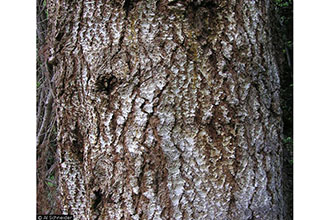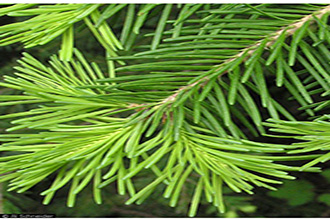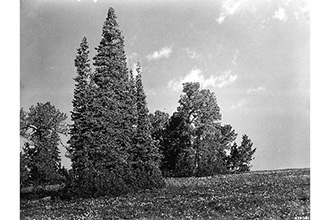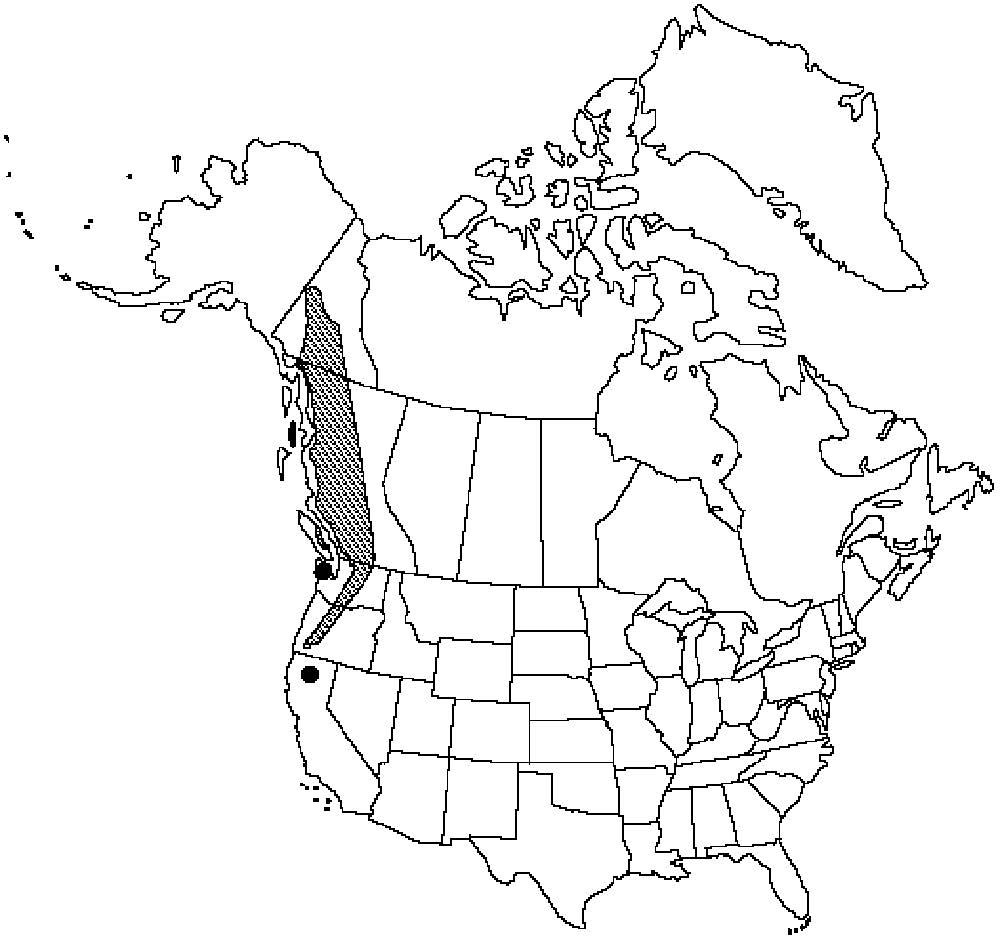USFS Plant Database
The Basics
The only unique populations in this species come from coastal Alaska (A. S. Harris 1965; C. J. Heusser 1954). They are found at lower elevations (0--900 m) and appear to be isolated with no reported introgression between them and the coastal mountain populations. The population on the Prince of Wales Island has distinct terpene patterns and needs morphological and developmental studies to see if these patterns contrast with neighboring populations.
Through central British Columbia and northern Washington, Abies lasiocarpa introgresses with A . bifolia . These trees may have morphologic features resembling either species and may have intermediate terpene patterns; they are best classified as interior subalpine fir ( A . bifolia ┤ lasiocarpa ). At the southern end of its range, A . lasiocarpa possibly hybridizes with A . procera (R.S. Hunt and E.von Rudloff 1979). Abies lasiocarpa shares with A . procera a red periderm, crystals in the ray parenchyma (R.W. Kennedy et al. 1968), and reflexed tips of the bracts, features not shared with A . bifolia .
Abies lasiocarpa usually exists in small stands at high elevations and is not often observed. Its differences in comparison to A . bifolia have prompted studies (W.H. Parker et al. 1979) to see if it is A . bifolia introgressed with the sympatric A . amabilis . Abies lasiocarpa and A . amabilis , however, are separated by many morphologic features, and no hybrids have been found (W.H. Parker et al. 1979). (Flora of North America)
The genus Abies consists of about 40 species of evergreen trees found in the northern hemisphere. Nine species of Abies, including subalpine fir, are native to the United States. The currently accepted scientific name of subalpine fir is Abies lasiocarpa (Hook.) Nutt. Subalpine fir is widely distributed and exhibits geographic variation. (Plant Database)



